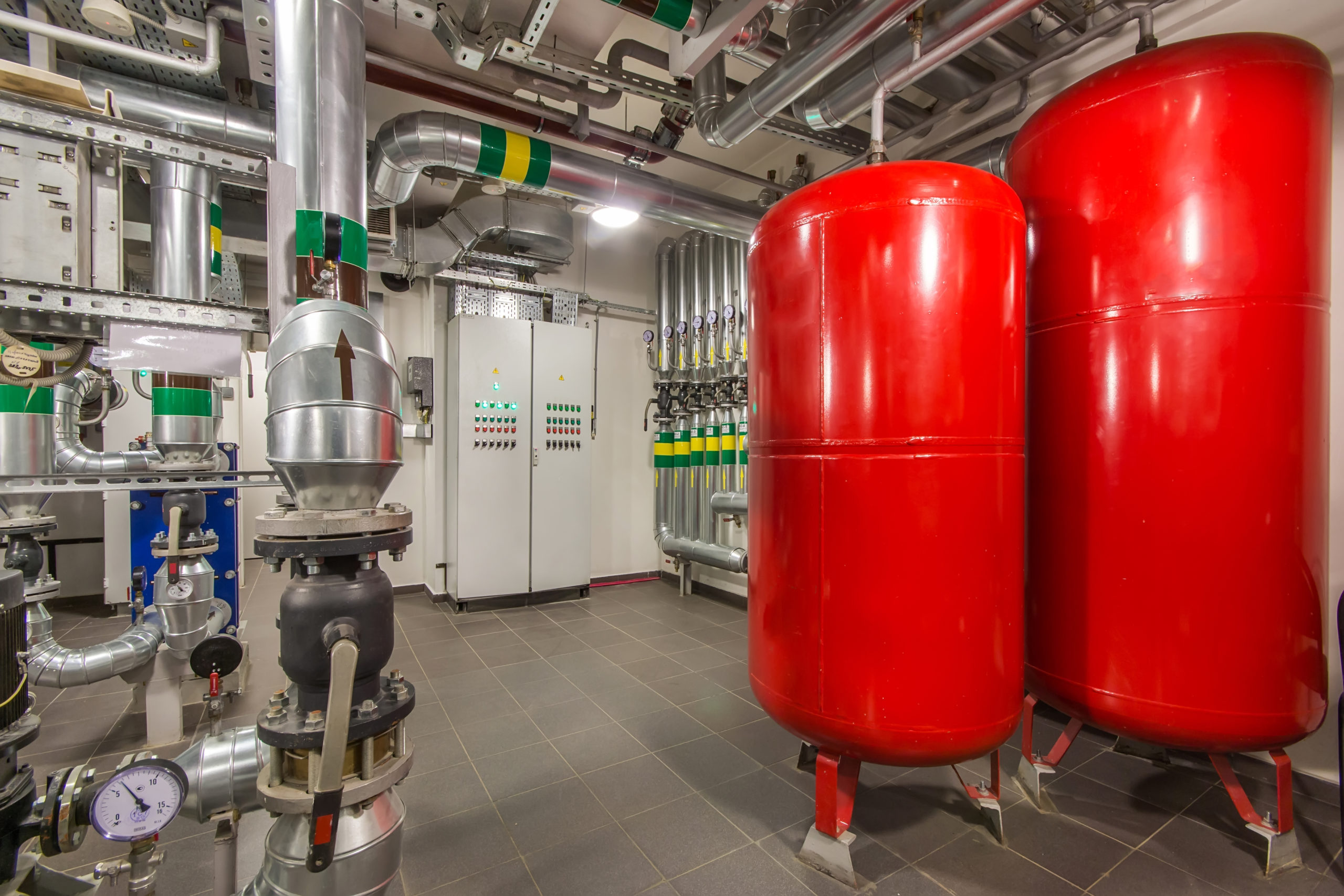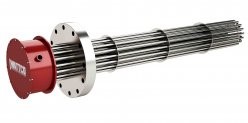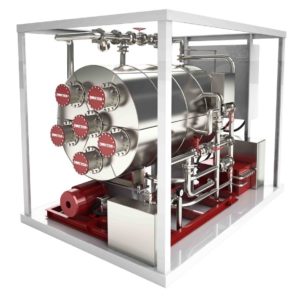Tank Heating and Flanged Heaters
Last updated on April 17th, 2023 at 06:17 pm
 Industries like petrochemical and oil and gas have industrial procedures that need optimum heating. Moreover, they have aqueous mediums stored in large tanks and reservoirs that need to be protected from freeze control in cold weather. To help such industries with efficient and smooth process flow, heating devices are used to heat aqueous solutions like water, oil and other solvents in tanks and reservoirs at desired temperatures and to protect them from freezing in chilly weather.
Industries like petrochemical and oil and gas have industrial procedures that need optimum heating. Moreover, they have aqueous mediums stored in large tanks and reservoirs that need to be protected from freeze control in cold weather. To help such industries with efficient and smooth process flow, heating devices are used to heat aqueous solutions like water, oil and other solvents in tanks and reservoirs at desired temperatures and to protect them from freezing in chilly weather.
Immersion heaters and their use in tank heating
Commonly referred to as immersion heaters, these heating devices are the most effective and efficient solutions for use in various industrial applications. These tank heaters are ideal to provide quick and efficient heat transfer to aqueous solutions in industrial processes and to maintain their temperature. Ensuring optimum temperatures for liquids and maintaining their temperature is vital for a smooth process flow and fluid circulation. Their use is significant for controlling the freezing of liquids in outdoor tanks during cold weather, especially in freezing locations to ensure proper circulation.
Immersion heaters are simple to use and easy to install. They can be used in various process heating industrial environments ranging from small tanks to large pressurized vessels. The most important aspect of their significance is that they require little maintenance cost and have been designed for safety and durability. The most typical installation requires direct immersion of the capped heating plate or element inside a tank or vessel for heating and temperature control.
Types of Immersion heaters
There are multiple types of immersion heaters available, ranging from flanged heaters, screw plug heaters, over-the-side heaters, circulation heaters, and inline heaters. They offer the best solution to quick and efficient heating of aqueous solutions in tanks and storage compartments for use in industrial processes.
WATTCO™[1] is the leading manufacturer of industrial heating solutions and they have a large range of immersion heaters to suit the heating requirements. Their product’s technical specifications and detailed description are available on their website.
Advantages of immersion heaters
There are many advantages to immersion heaters for heating tanks. The most significant being its support for electrical power sources, which greatly reduces the hassles of environmental pollution due to carbon dioxide emissions. Apart from having low maintenance costs and being energy efficient, these tank heaters provide fast and reliable heat transfer for industrial processes along with efficacious temperature control.
Immersion heaters have been designed using special alloy compositions like Incoloy® and Inconel® and steel/stainless steel in different models as per requirement. This composition makes them highly resistant to moisture and corrosion. These heating elements have been uniquely designed for durability and safety.
Flanged heaters
FFlanged heaters are popular immersion heaters that are used to heat industrial aqueous mediums in tanks and reservoirs, corrosive solutions, oil, water, chemical solvents, and gases for use in industrial applications and processes. It’s known as a flanged heater as it is made up of hairpin bent elongated tubular components that are fixed together in a flange or rim with wire support for an electrical power source. The structure of the flanged heater allows the heating component to be directly immersed in the tank exhibiting it to the substance inside, while the controls are installed at the tank exterior. 
How do flanged heaters work?
Flanged heaters consist of pronged, pin-like tubular elements that have been shaped together in a flange that is used for heating liquids and gases in industrial tanks and reservoirs. The heating flange is immersed into the tank where it provides direct heat to the liquid inside. The tubular elements also contain a thermowell, which is a fitting for temperature measurement that records temperature and passes it to the digital controller whose function is to regulate and maintain the optimum temperature.
A high-limit sensor is also installed at times to help protect the flanged heater and the aqueous solutions in tanks from overheating. The electrical wiring box is attached to the flange containing electrical connections to support the power supply. There are various installations for flanged heaters, while some come attached with flanges, others can be used to match flanges that are fixed on a tank exterior. You can get flanged heaters of your choice depending on wattage, temperature range, and construction materials.
Benefits and applications of flanged heaters
- The core construction material for flanged heater are special alloy combinations that help protect the material from corrosion and from wear and tear so that it can be used in extreme corrosive environments like the military and chemical industries.
- The sheath of flanges is made of copper or titanium, steel, and stainless steel as per the requirement that also allows safety and durability apart from corrosion resistance for use in normal industrial environments.
- Flanged heaters are easy to install and require low maintenance costs providing uniform heat that makes them ideal for use in any industrial application.
Applications
- Flanged heaters are commonly used in heating liquid mediums like water, oil, heat transfer solutions, mild and extreme corrosive solutions, and gases in industrial environments.
- They are also used in soaps and detergents, de-mineralized water, and processed water applications.
- Their application is also prevalent in the food industry for sanitation and cleaning tanks.
Choosing the right kind Of flanged heater for tank heating
If you’re looking to get the correct type of flanged heater for heating purposes, consider the following factors:
- The size and pressure of flange
- Wattage of flanged element
- Tank measurements (length)
- Heater covering material is corrosion-resistant or corrosive
- Velocity and temperature of corrodent—in case heater sheath isn’t corrosion-resistant
- Aeration level or amount of exposed corrodent
Technical Specifications
Below are some technical specifications concerning flanged heater models:
- Heater sizes range: 0.5” to 42”
- Flange copper/steel/stainless steel diameter range: 0.260”, 0.315”, 0.375”, 0.430” or 0.475”, 0.625”
- Forged steel flange weight: 150lb or 300lb
- Construction material: Stainless steel, copper or titanium, Incoloy®[2], Inconel®,
- Corrosion and explosion units available as per requirement.
- Heaters are also customized for size, range and wattage based on customer requirements.

